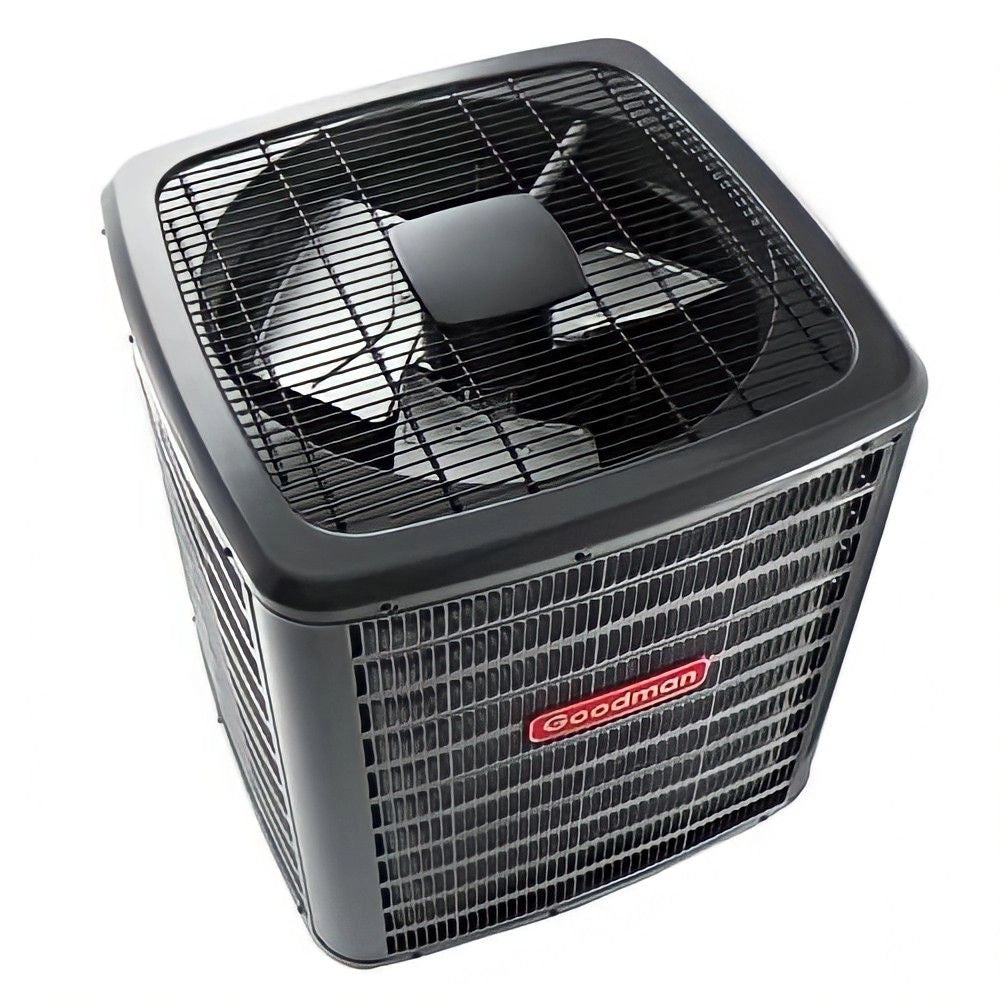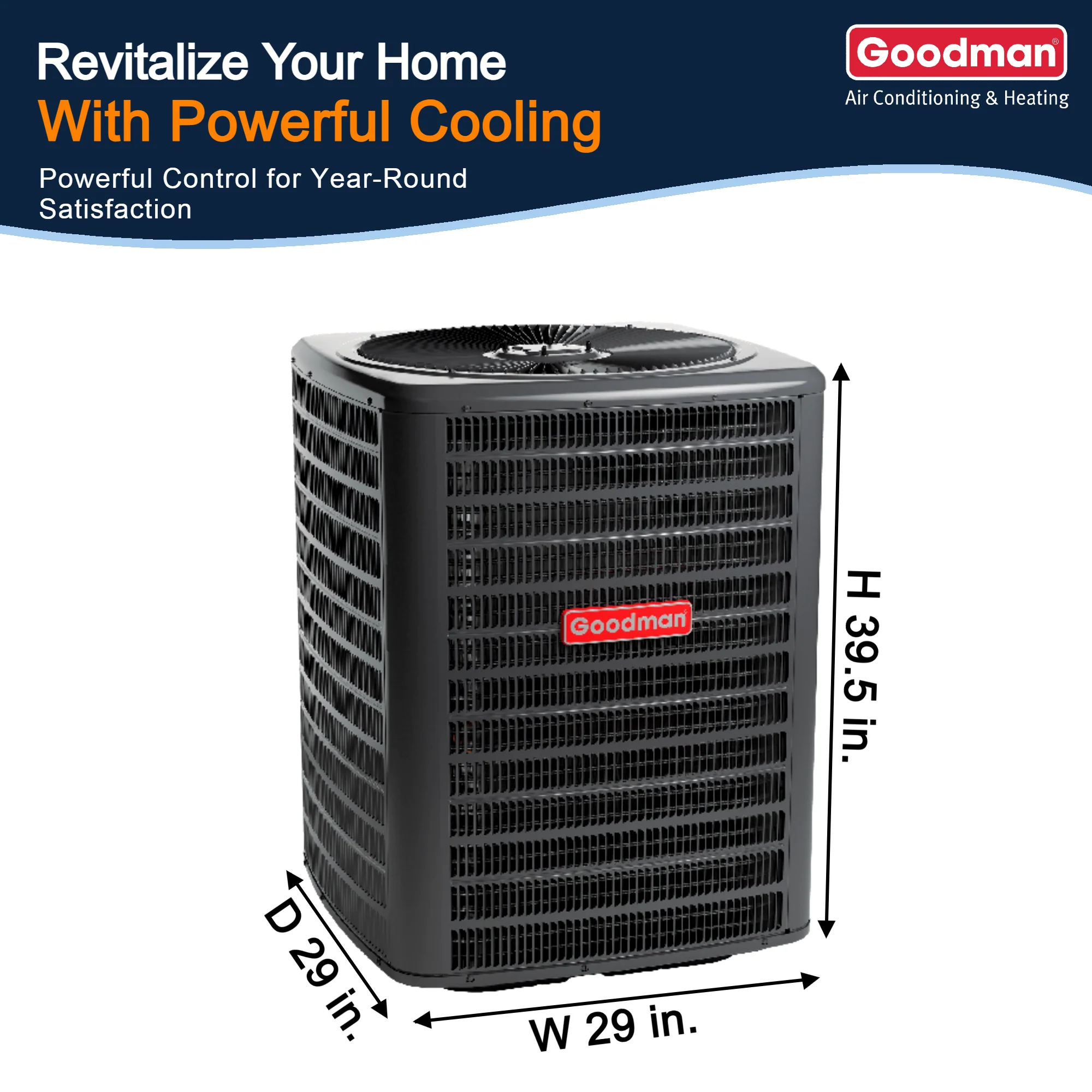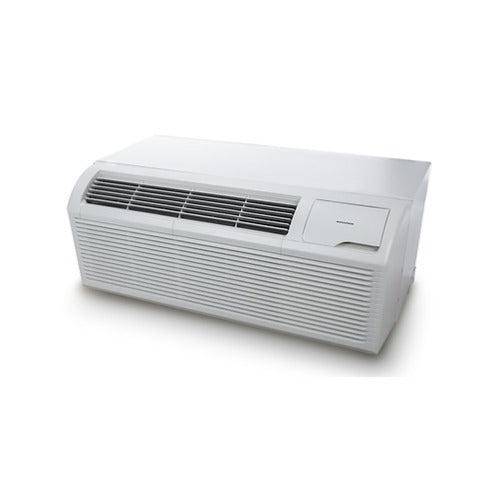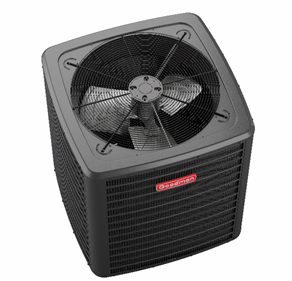Understanding BTU: Why Sizing Matters in Through-the-Wall Air Conditioners
When shopping for a through-the-wall air conditioner, one of the first—and most important—terms you’ll encounter is BTU. BTU ratings are central to HVAC performance, and selecting the correct size for your room is critical to ensuring energy efficiency, proper cooling performance, and long-term durability of your system.
Choosing the wrong BTU rating can lead to an overworked or underperforming unit, poor temperature control, excess energy usage, and even higher utility bills. That’s why BTU sizing is one of the most important steps in selecting the right AC unit for your space.
What Is BTU in HVAC?
BTU stands for British Thermal Unit. In the context of heating and cooling, it represents the amount of energy required to raise or lower the temperature of one pound of water by one degree Fahrenheit.
In air conditioning, BTU rating refers to the amount of heat the unit can remove from a room within one hour. For example:
-
A 10,000 BTU through-the-wall air conditioner can remove 10,000 BTUs of heat from a space every hour.
Think of it as the cooling “horsepower” of your system. The higher the BTU, the more powerful the cooling capacity—however, more power doesn’t always mean better performance. An oversized unit will cool too quickly without properly dehumidifying the room, while an undersized one will struggle to cool the space, running inefficiently and wearing out faster.
How to Calculate BTU Needs by Room Size and Usage
The most accurate way to size an air conditioner is by calculating the square footage of the room and matching it to a recommended BTU level. Here's how:
-
Measure the Room
Multiply the length and width of the room to get the square footage.-
Example: 15 ft x 20 ft = 300 sq. ft.
-
-
Adjust for Room Factors
Consider these additions or subtractions based on room characteristics:-
+10% for sunny rooms or rooms with a lot of windows
-
+4,000 BTUs for kitchens (heat from appliances)
-
+600 BTUs per person if regularly occupied by more than two people
-
-10% for heavily shaded or insulated rooms
-
-
Factor in Ceiling Height
Standard BTU charts assume 8-foot ceilings. For rooms with high ceilings, increase the BTU count accordingly. -
Match to AC Unit
Choose a unit whose BTU rating most closely matches your final calculated need. Most modern through-the-wall ACs range from 8,000 to 14,000 BTUs.
Example BTU Chart: Room Size vs. Recommended Cooling Capacity
| Room Size (sq. ft.) | Recommended BTUs | Best For |
|---|---|---|
| 100–150 sq. ft. | 5,000–6,000 BTU | Small bedrooms, offices, nurseries |
| 150–250 sq. ft. | 6,000–7,000 BTU | Guest rooms, dorm rooms |
| 250–350 sq. ft. | 8,000 BTU | Standard bedrooms, small living rooms |
| 350–450 sq. ft. | 10,000 BTU | Master bedrooms, medium dens |
| 450–550 sq. ft. | 12,000 BTU | Large bedrooms, small studio apartments |
| 550–700 sq. ft. | 14,000 BTU | Enclosed patios, home offices, lofts |
💡 Tip: If your room is on the borderline of two sizes, size up if the space gets direct sunlight or includes appliances like a computer, oven, or TV.
Why Proper BTU Sizing Is Essential
Selecting the right BTU capacity has a direct impact on your unit’s SEER rating, operational costs, and comfort. An improperly sized unit will:
-
Cycle on/off too often (if oversized), increasing energy waste
-
Run continuously (if undersized), leading to higher electricity bills
-
Provide uneven temperatures and poor humidity control
-
Wear out faster, shortening the lifespan of your investment
Proper BTU sizing ensures optimal use of the R-32 refrigerant, reduces compressor strain, and improves overall energy efficiency—delivering the cool, dry comfort you expect without wasting energy.







